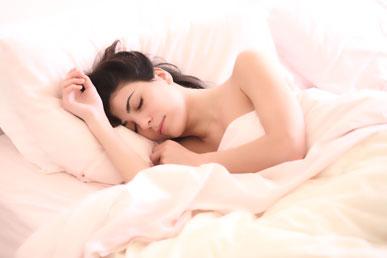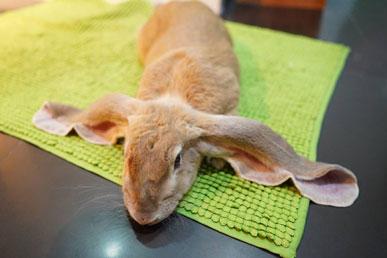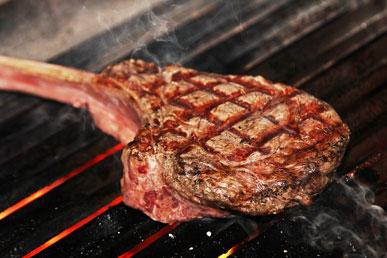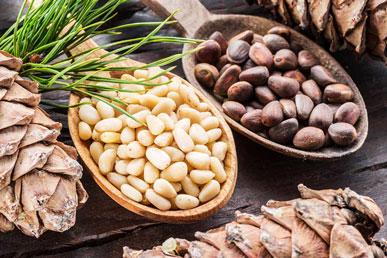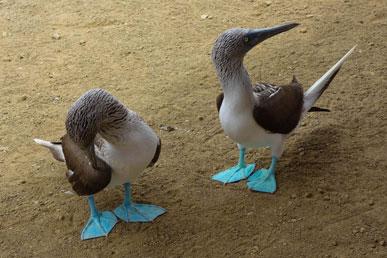
Oolong is a traditional Chinese tea that is between green and black teas (i.e., semi-fermented tea) in terms of oxidation. In China, oolong is also called "turquoise" or "blue-green" tea.
The original name of oolong sounds like "wulong cha" (wulong cha), which means "black dragon tea" in Chinese. Oolong is also called "qing cha", which can be translated as turquoise or blue-green tea. In addition, this hieroglyph means "blooming", a state in which something is at the peak of vitality.
Ideally, oolong tea leaves are 50% fermented. However, depending on the type of tea and style of production, the degree of oxidation of oolongs can range from 8 to 85%.
During its processing, fermentation is not completed: not the entire leaf is exposed to it, but only its edges and part of the surface. At the same time, the inner layers of the tea leaf retain their inherent structure and are not fermented. Therefore, it is believed that oolong combines the properties of both green – a bright aroma, and black – a rich taste.
There are two subspecies of oolongs:
- closer to green teas (the degree of fermentation is less);
- closer to black teas (the degree of fermentation is greater).
The history of such teas is about 300-400 years old. This type of tea is used in the “gong fu cha” ceremony, which can be translated as “the highest tea skill”.
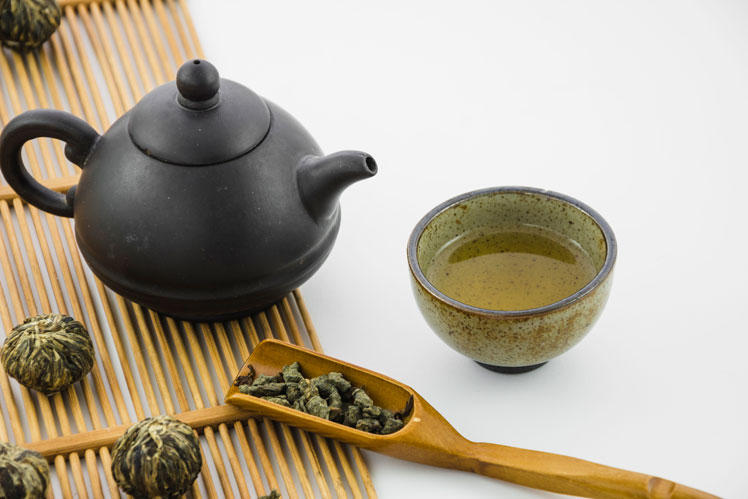
Background photo created by freepik – www.freepik.com

Background photo created by freepik – www.freepik.com
What are the types of oolongs
Oolong is produced in China in three places: in the south and north of Fujian, in the province of Guangdong and on the island of Taiwan. In the south of Fujian and Taiwan, lightly fermented oolongs (less than 50% fermentation) are produced, in the north of Fujian and Guangdong, heavily fermented oolongs (more than 50% fermentation).
- It is traditionally believed that highly fermented oolongs appeared earlier. The best varieties are alpine. Such teas are made from the raw materials of tea tree shrubs of a certain variety; the leaf should be fully developed and fleshy. The best varieties are obtained from the so-called "mother bushes", from which the original variety of such tea went.
- Weakly fermented oolongs are made in the same way as highly fermented ones – from fully developed fleshy leaves. The best varieties of this tea are also obtained from high mountain tea bushes.
- A separate species can be distinguished – flavored oolongs. They are flavored with ginseng, fragrant osmanthus flowers, rose petals, extracts of different quality are used for flavoring. Most often, such oolongs are made on the island of Taiwan; the history of tea production there is about 40 years old. In Taiwan, there is a lot of experimentation with tea processing, which combines both classical and modern methods. Such oolongs are made for sale, the Chinese themselves appreciate the original taste of the tea leaf and believe that flavoring “spoils” the tea.
-
Milk Oolong (or Jin Xuan) is a type of tea developed in 1980 in Taiwan. This tea can be grown at higher altitudes and yields about 20% higher than traditional teas. These circumstances have made it one of the most popular varieties. Milk oolong has a slight floral flavor, sometimes reminiscent of milk. However, the much-touted milky taste of this tea is achieved through the addition of flavorings, which greatly drown out the natural taste of the tea. Responsible sellers usually indicate whether natural oolong or flavored.
-
One of the successful tea experiments is Lao cha, or aged oolongs. The aging of the tea leaf occurs naturally according to a certain technology (such teas are more valuable) or with the help of heat treatment.
What is the value of oolongs
In addition to high taste and aesthetic qualities, oolong teas affect physical health. Oolongs are distinguished by good extractivity, contain a large amount of essential oils, and are also distinguished by tannins, the caffeine content in heavily fermented teas is higher than in weakly fermented ones.
Oolongs contain more than 400 types of chemical compounds useful for the human body. The main ones are: polyphenol compounds, caffeine, vitamins C, D, E, K, B1, B6, B3, B12, calcium, phosphorus, iron, iodine, magnesium, selenium, zinc, manganese, etc.
Manganese promotes the absorption of vitamin C by the body, strengthens the body's resistance to disease. The rich content of vitamins in oolong tea helps to strengthen the fibrous tissues of the walls of blood vessels, prevents thrombophlebitis.
How oolong teas are made
Unlike many other types of tea, which use top leaves and leaf buds with white hairs (bai hoa – from Chinese "white eyelash", hence the name of the tea category "bai"), oolongs are made from juicy mature leaves collected from adults bushes.
The collected leaves wither in the sun for half an hour to an hour. Then the dried leaves are laid in a thick layer in baskets and placed in the shade for fermentation (oxidation). The key point in preparation is that during fermentation, the leaves are gently stirred and kneaded every hour, while trying not to break. Such processing leads to uneven fermentation – mostly from the edges of the leaves. Depending on the duration of the process and the characteristics of the raw materials, a different degree of fermentation is achieved (for most oolongs, it is in the range of 40–50%).
After reaching the desired degree of fermentation, it is interrupted by heating – the leaves are dried at a temperature of 250-300 °C. Usually, drying is carried out in two stages – first, the leaves are briefly dried for several minutes, then twisting is carried out, after which the tea is dried to reduce its moisture content and finally stop the fermentation. The resulting tea is packaged and sent for sale.
The characteristic features of the oolong processing technology make it quite easy to determine the authenticity of tea – a real oolong is always whole-leaf, it should not contain broken leaves, crumbs, dust, and its leaves, unfolding during the brewing process, have a characteristic appearance – the edges are dark, like a black leaf tea, and the leaf veins and some part of the leaf in the middle part are green and have retained their structure and strength. However, the characteristic taste qualities of oolongs make their forgery very difficult.
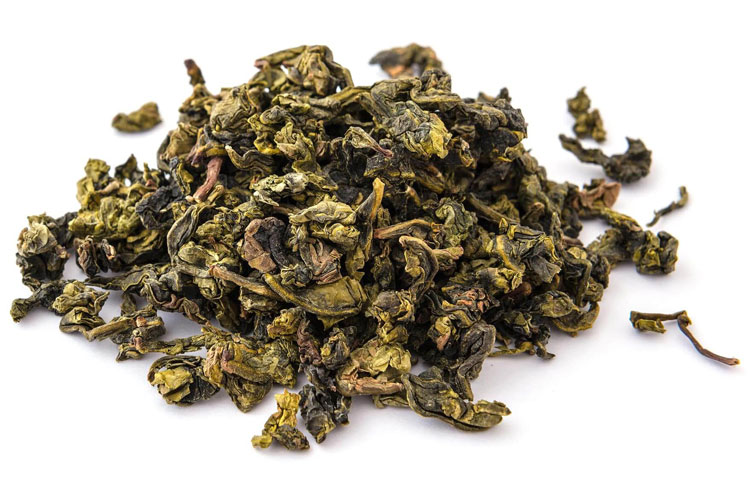
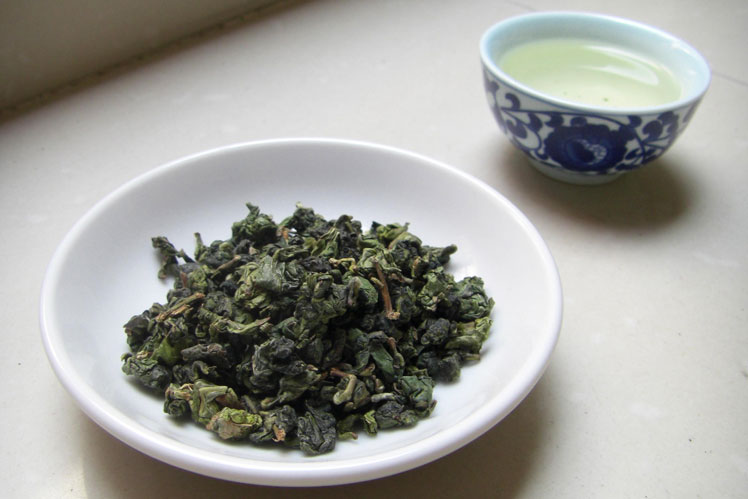

Organoleptic characteristics of oolongs
Weakly fermented oolongs
The weakest degree of fermentation of such tea is in Taiwanese oolong "Wen Shan Bao Zhong": the leaves of such tea are light green in color, elongated, slightly twisted, there are flushes – the upper parts of tea shoots. The aroma is bright floral, there are creamy notes and notes of young corn.
Usually tea leaves have the shape of a ball of light green color, the degree of twisting is different. Such tea is made from flushes, that is, when brewed, it fully opens and you can see three leaves on one “twig” and such tea usually occupies the entire volume of the dish. The leaves are whole, some varieties have a stalk (for example, "Tie Guan Yin") and veins are visible. In high-quality varieties, the red edges of the leaf and the green "belly" – the center of the leaf – are very clearly visible.
The aroma of the dry leaf is reminiscent of green tea, usually the aroma of oolong teas is very bright. Infusion: bright yellow, there are green, pinkish shades, transparent. It can be thick, like honey in high varieties. The aroma is saturated, rich, full, with bright tints. You can feel bright floral, honey, fruity notes, there are creamy shades. The taste is soft, full, slightly grassy, there is a woody astringent note, a memorable aftertaste.
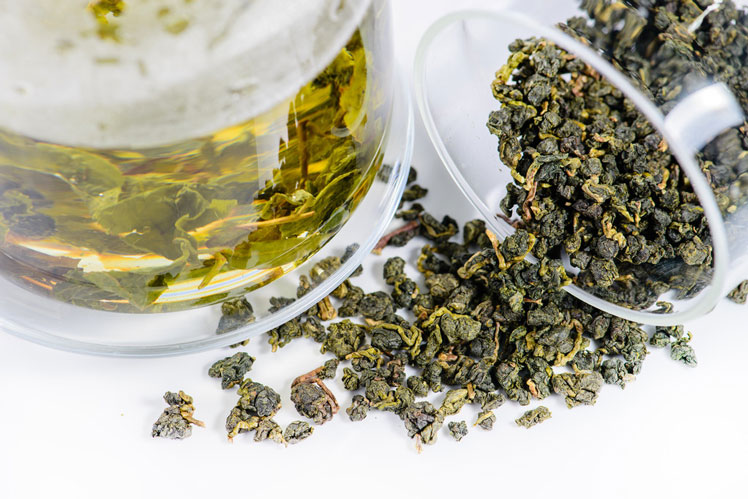
Heavily fermented oolongs
The strongest degree of fermentation of such tea is in Taiwanese oolong "Dong Fang Mei Ren", it is closest to black tea: the leaves of such tea are dark brown, there are buds covered with white pile, the raw material is heterogeneous. The aroma is bright honey, shades of rose, berries, tastes very much like black tea. Also here can be attributed the variety of tea "Wu Yi Zhou Gui": dark brown leaves, longitudinal twist. The aroma is bright, deep, spicy honey and berry taste, bright aftertaste.
Usually the tea leaves are elongated, voluminous, have a longitudinal twist, the color is various shades of brown with green, blue and gray shades. Moreover, in some varieties, the leaf may become pale green when brewed (for example, “Bai Ji Guan”). The aroma of the dry leaf is strong, sweetish-spicy. The color of the infusion is yellowish-brownish, amber, a shade of buckwheat honey, transparent. The taste is full, bright, with hints of honey, spices, woody astringent notes, honey, chocolate, berry, etc. Highly fermented oolongs have a complex, memorable aftertaste. If you look at a leaf of sleeping tea, then you can also see the veins and the red edge, as well as the green "belly" – in high-quality varieties.
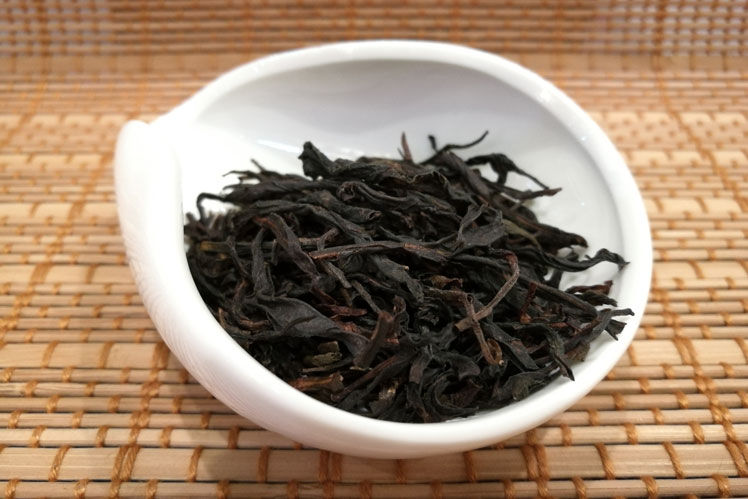
Flavored oolongs
They are made from weakly fermented oolong teas, as a rule, the quality of such teas is average. Artificial flavor can clog flaws in the production of tea, the flavor itself can be of different quality. This product is completely made for export and is not used in China.
The taste of this tea is reminiscent of the taste of good Indian green tea with one note of flavoring throughout the entire tea drinking. The difference between good Chinese tea is that its taste changes throughout the entire tea drinking. The shape of the leaf can be different, most often – a leaf rolled into a ball; in the case of ginseng oolong, the tea leaves are covered with licorice and ginseng gruel and resemble pebbles.
Aged oolong teas
Made from weakly fermented oolongs, the leaves are also rolled into balls, the color is dark brown. The aroma of the dry leaf is spicy, strong, there are coffee, woody and chocolate notes. The taste is strong, invigorating, bright honey, there are hints of dried fruits and light peppercorns. Has a memorable aftertaste.
How to brew oolongs
Oolongs are brewed in different ways, depending on the degree of fermentation.
- Less fermented oolongs are brewed with not too hot water at 60–80 °C, the brewing time is up to 3 minutes.
- More fermented ones require slightly longer steeping times, and can be brewed up to 90 °C.
It is best to brew tea in teapots made of Yixing clay, they are made specially with thick walls for such tea in order to create a good temperature environment for its opening.
1/3 of the kettle is filled with tea, the remaining 2/3 is for water. Boiling water is poured and the infusion is drained about 7 times (some varieties of oolongs can be brewed up to 20 times). But this is an average value for the amount of tea leaves, tea can be different in volume and weight.
Most often, they take 4 grams per 150 ml of water when brewing in a teapot or in a gaiwan. Such tea can also be brewed in ordinary porcelain teapots as ordinary tea, that is, 1 teaspoon of tea per person + 1 per teapot.
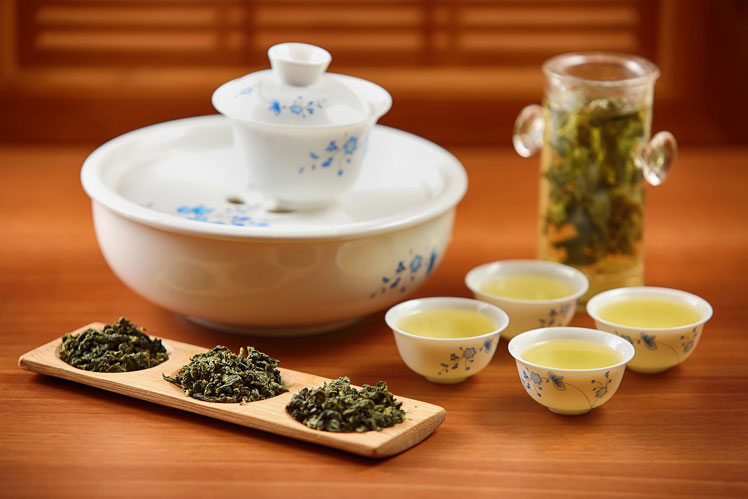
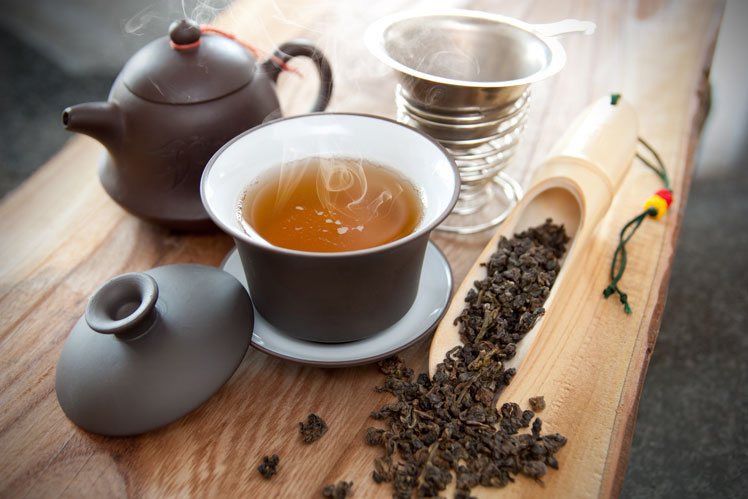
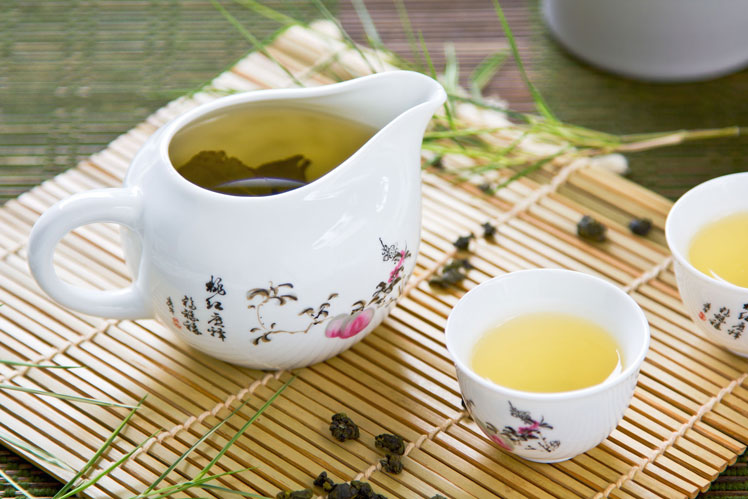
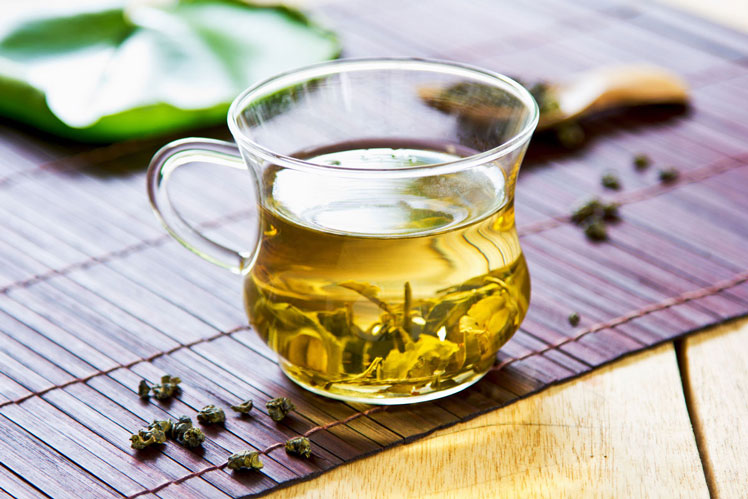
How oolongs are stored
Such tea is stored in a sealed container with a well ground lid, ceramic, glass, tin, without access to light and moisture, as well as strong odors, since tea absorbs them well.
From the moment of harvesting, Taiwanese oolong can be stored for 1 year in a freezer at -20 degrees, after a year the tea is considered stale and not suitable for the production of flavored tea.
The most famous varieties
No more than 30 varieties of oolongs are known, all of them are produced exclusively in China. By quality, they are divided into categories: the most selective, the selective, the finest, the subtle, the highest, the beautiful, the good, and the ordinary. The following is a description of the best representatives of the category of oolong teas, tea "classics". All these teas (except Taiwanese) have their own history, their outstanding qualities are generally recognized. These teas are best suited for mindful tea drinking. However, such teas are most often counterfeited or simplified production technology. The legends about such teas often mention their medicinal properties.
-
Tie Guan Yin is a Chinese low-fermented oolong tea. The color of the infusion is from pinkish-yellow to amber. Strong enveloping honey-orchid aroma, full (but without excess), bright taste, memorable long aftertaste. A beautiful organic tea with rich flavors and strong impact. Feature – withstands up to twenty brews, subject to the cooking regime and the use of special dishes. Very expensive and rare tea in the correct execution. Now the technology for making such tea is being simplified, and such tea is very different from the traditional one.
-
"Da Hong Pao" is a Chinese highly fermented oolong, it is also called the "Big Red Robe". Contains a huge amount of vitamins and microelements, promotes cleansing and rejuvenation of the body. The color of the infusion is golden brown. The dry leaf aroma is spicy, sweet-woody, chocolatey. The taste is full, rich, invigorating, with bright overtones of flavors. Woody-astringent aftertaste. This tea was one of the most valuable varieties, as it grew only in one place – on the slopes of Mount Wuyishan. At an altitude of about 600 meters above sea level in Fujian province, tea is fermented. The real "Da Hong Pao" can no longer be bought, the last harvest from the mother bushes was transferred to the Tea Museum, and now such tea is made from the descendants of the mother bushes.
-
"Peng Feng" is one of the most famous Taiwanese oolong varieties. The name comes from the name of the province in Taiwan where it is grown. It is a highly fermented oolong tea with a characteristic spicy flavor and aroma. The infusion has a characteristic spicy aroma and golden yellow color, for which Taiwanese oolongs are sometimes called "champagne teas".
-
"Feng Huang Dan Cong" (from the Chinese "Lone Bushes from Phoenix Mountain"), or "Phoenix Oolong" – is grown in the counties of Chaoan, Shaoping, Qiaoling, Guangdong Province, is collected in small quantities. It is made from tender leaves of tea bushes growing at an altitude of 1500 meters above sea level. It has pronounced healing properties, is an aphrodisiac, and because it gives a strong effect of tea intoxication, it is sometimes called "hallucinogenic tea". In China, this variety of oolong is said to have three qualities: resistant to repeated brewing, resistant to long storage, and resistant to hot water. In 1985, it entered the list of the 16 best teas in China.
- Gui Hua is an oolong flavored with fragrant osmanthus flowers. Lightly fermented tea with fruity notes. The color of osmanthus gives the tea fruity notes such as peach, apricot or apple aromas.
We also recommend:
◆How tea is grown and made. Main types of tea

